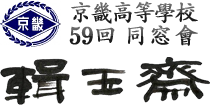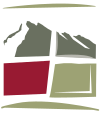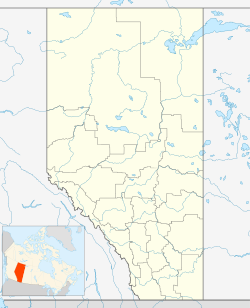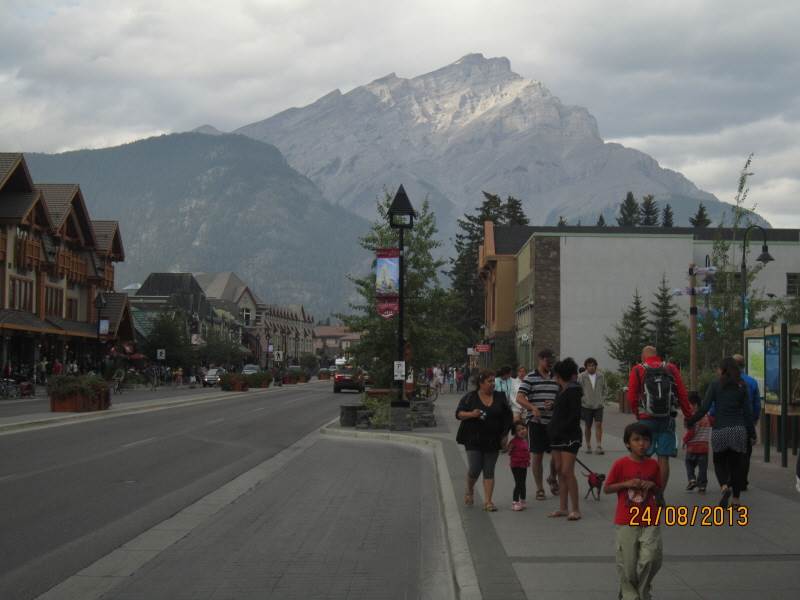
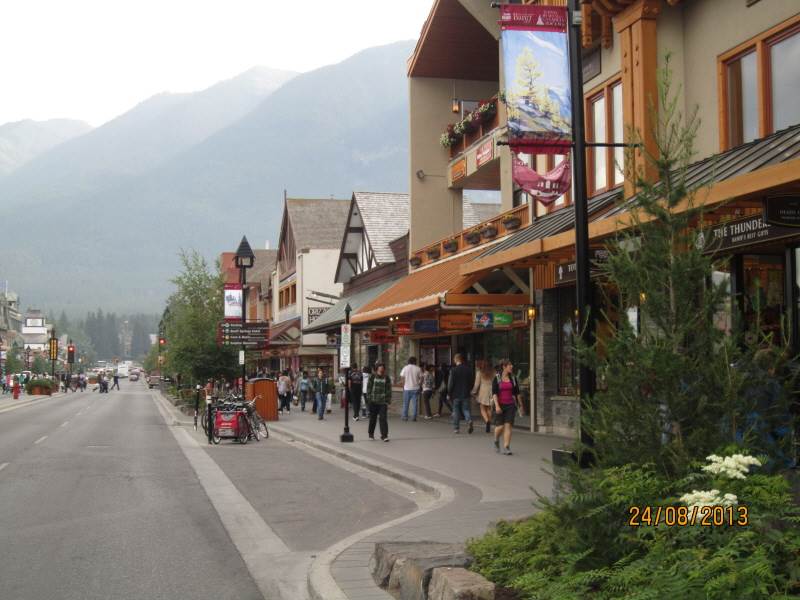
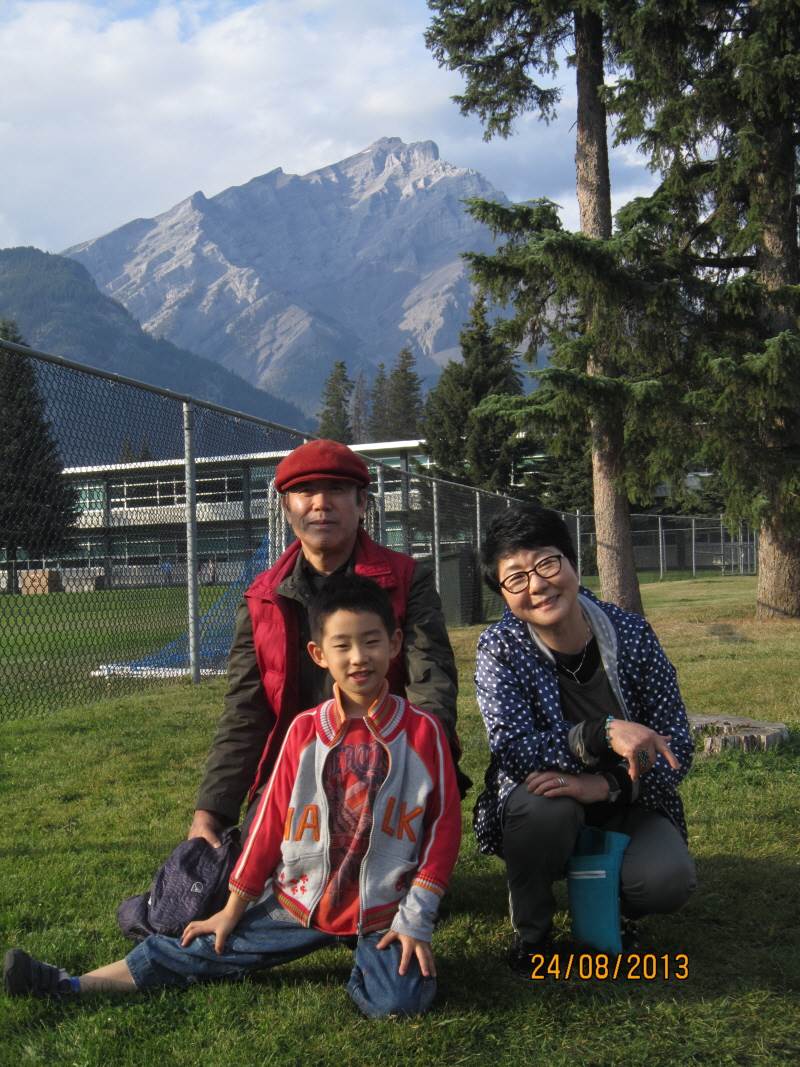
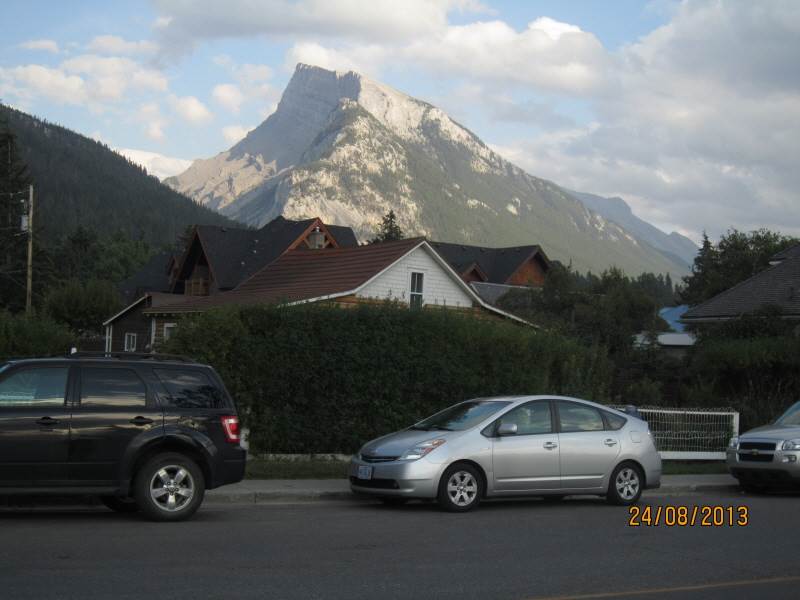
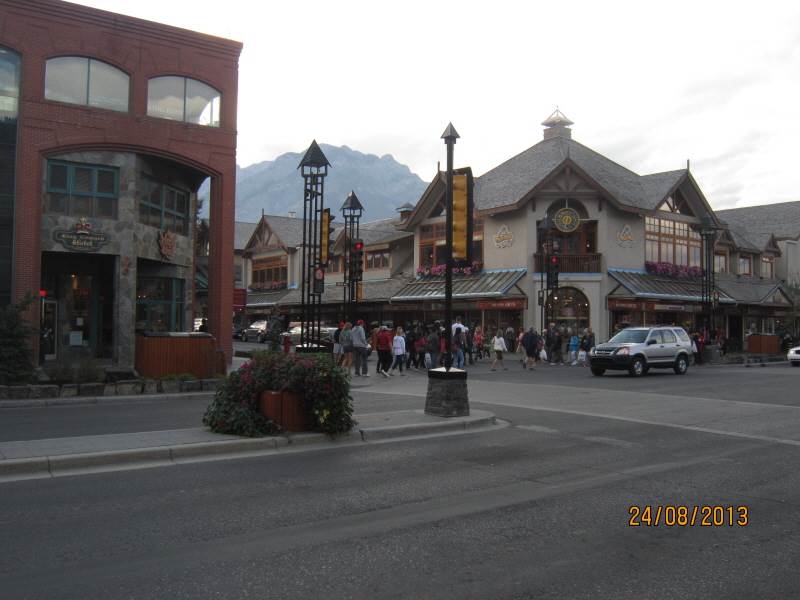
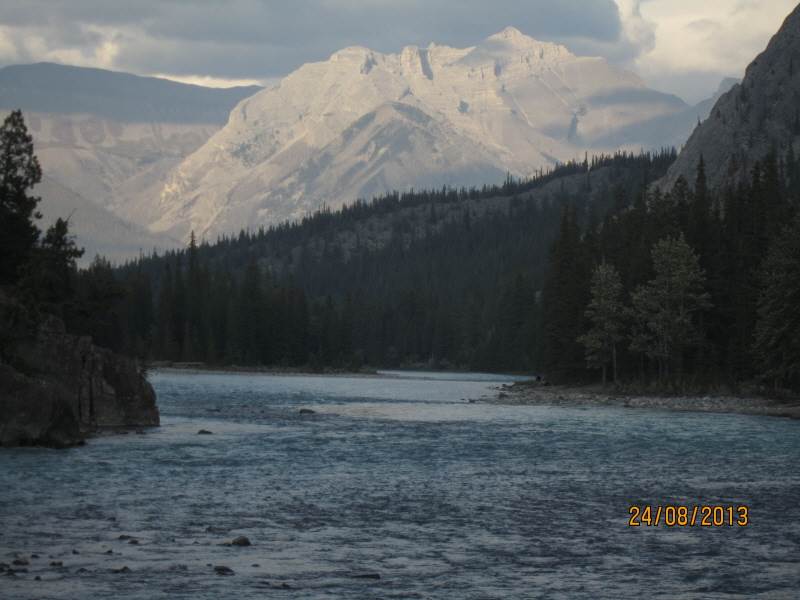

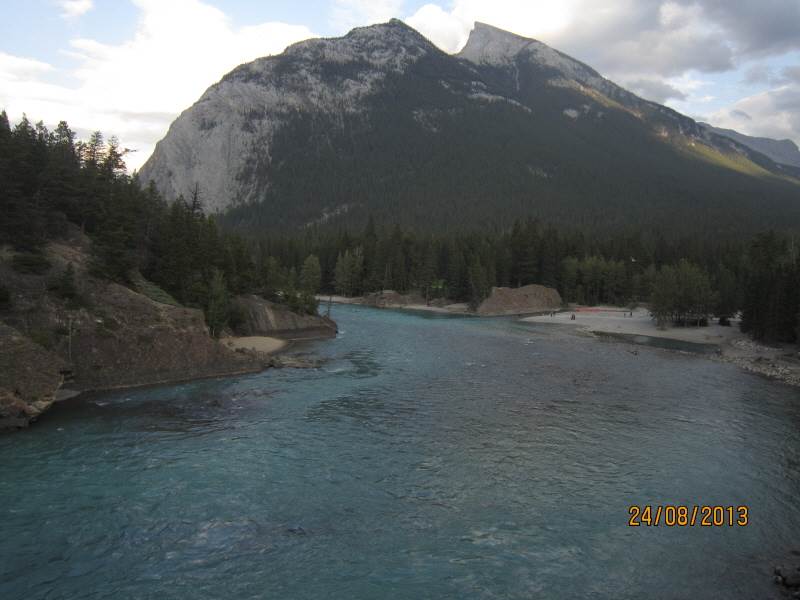
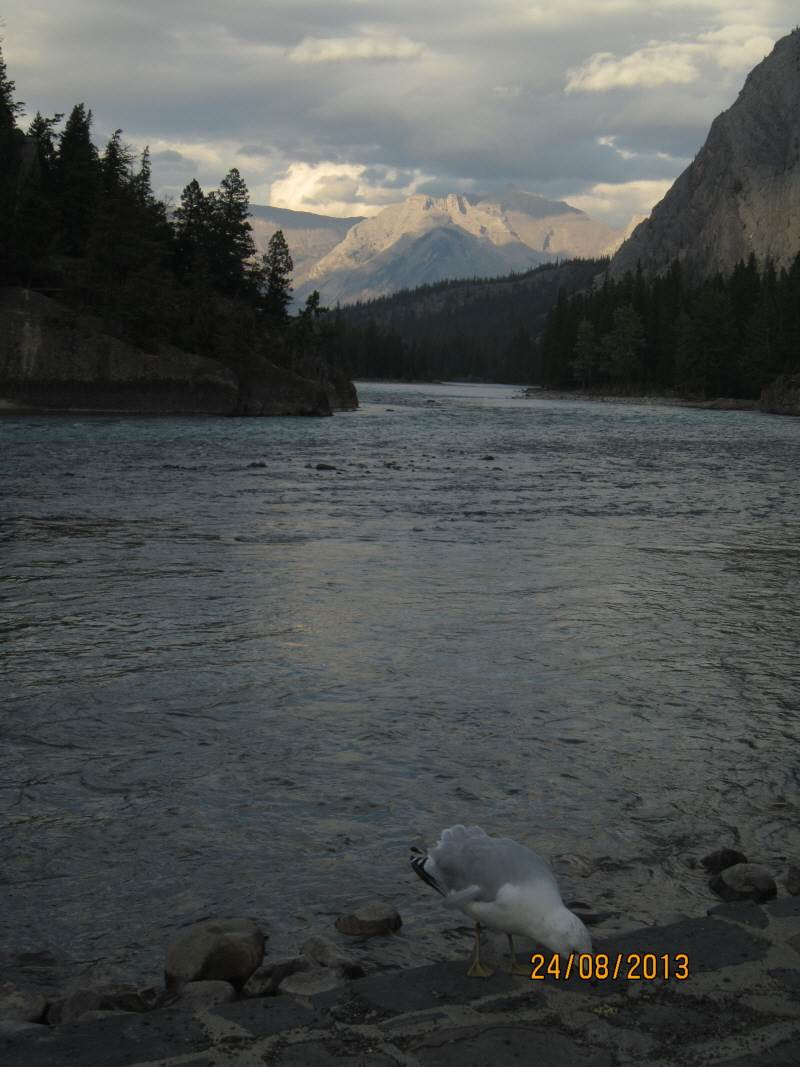
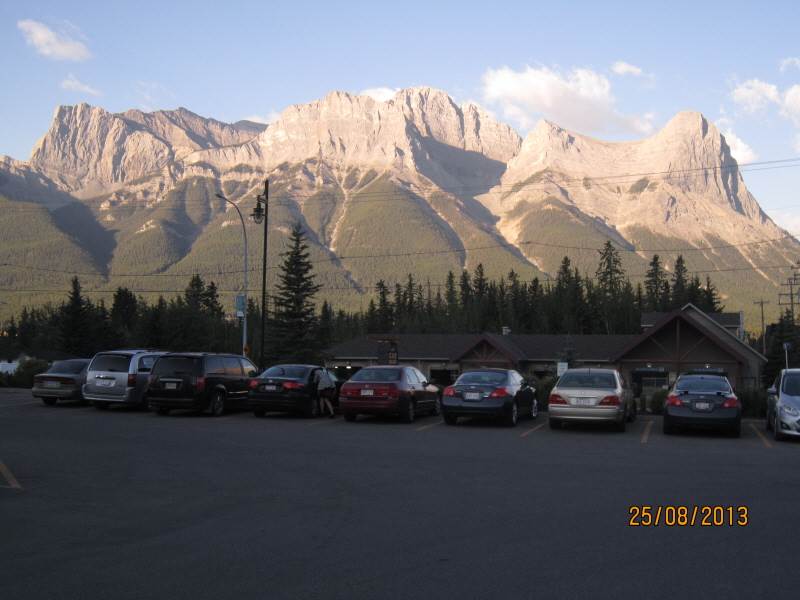
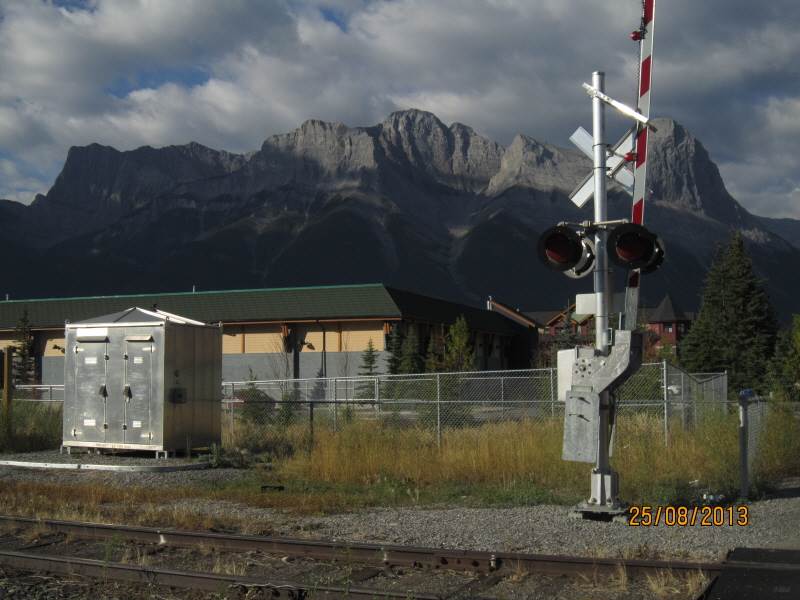
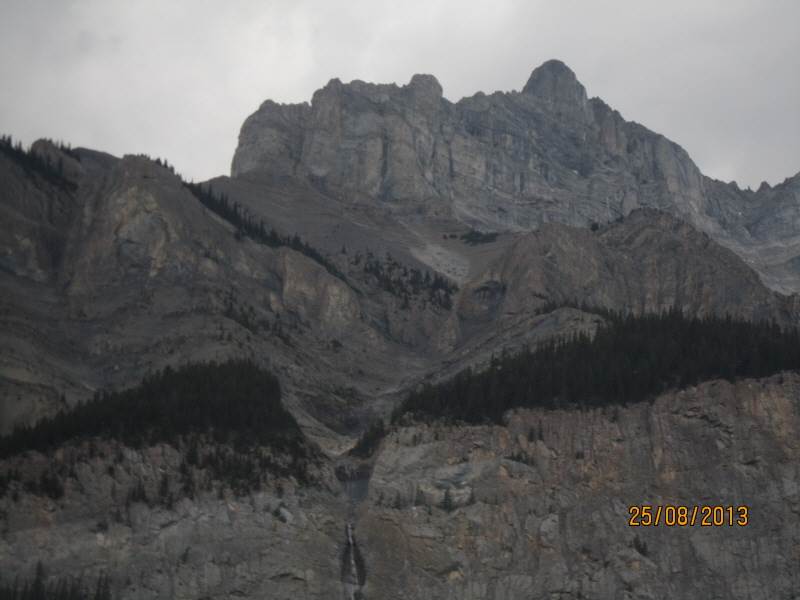
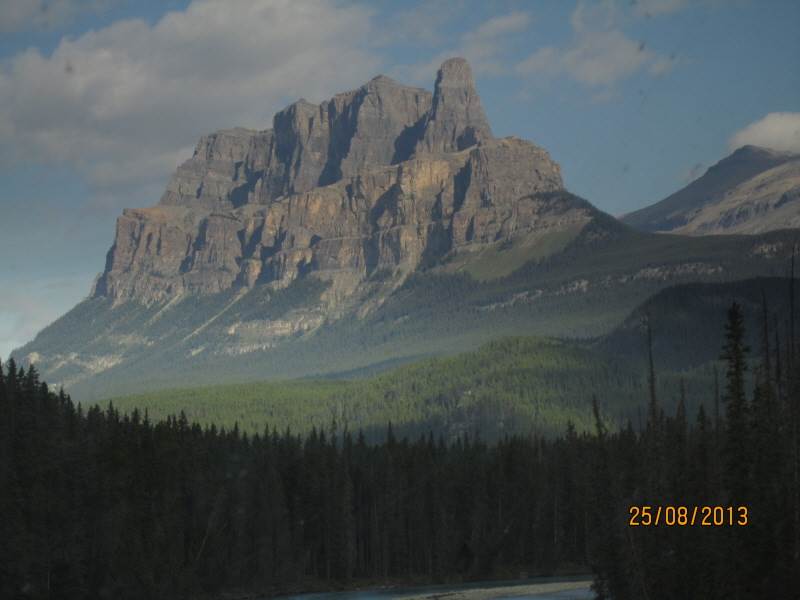
이미지 검색결과 더보기 » Banff
이미지 검색결과 더보기 » Canmore
Banff, Alberta
| Banff | |||||||||||||||||||||||||||||||||||||||||||||||||||||||||||||||||||||||||||||||||||||||||||||||||||||||||||||||||||||||||||||||||||||||||||||||||||||||||||||||||||||||||||||||||||||||||||||||||||||||||||||||||||||||||||||||||||||||||||||||||||||||||||||||||||||||||||||||
|---|---|---|---|---|---|---|---|---|---|---|---|---|---|---|---|---|---|---|---|---|---|---|---|---|---|---|---|---|---|---|---|---|---|---|---|---|---|---|---|---|---|---|---|---|---|---|---|---|---|---|---|---|---|---|---|---|---|---|---|---|---|---|---|---|---|---|---|---|---|---|---|---|---|---|---|---|---|---|---|---|---|---|---|---|---|---|---|---|---|---|---|---|---|---|---|---|---|---|---|---|---|---|---|---|---|---|---|---|---|---|---|---|---|---|---|---|---|---|---|---|---|---|---|---|---|---|---|---|---|---|---|---|---|---|---|---|---|---|---|---|---|---|---|---|---|---|---|---|---|---|---|---|---|---|---|---|---|---|---|---|---|---|---|---|---|---|---|---|---|---|---|---|---|---|---|---|---|---|---|---|---|---|---|---|---|---|---|---|---|---|---|---|---|---|---|---|---|---|---|---|---|---|---|---|---|---|---|---|---|---|---|---|---|---|---|---|---|---|---|---|---|---|---|---|---|---|---|---|---|---|---|---|---|---|---|---|---|---|---|---|---|---|---|---|---|---|---|---|---|---|---|---|---|---|---|---|---|---|---|---|---|---|---|---|---|---|---|---|---|---|---|
| Town | |||||||||||||||||||||||||||||||||||||||||||||||||||||||||||||||||||||||||||||||||||||||||||||||||||||||||||||||||||||||||||||||||||||||||||||||||||||||||||||||||||||||||||||||||||||||||||||||||||||||||||||||||||||||||||||||||||||||||||||||||||||||||||||||||||||||||||||||
| Town of Banff | |||||||||||||||||||||||||||||||||||||||||||||||||||||||||||||||||||||||||||||||||||||||||||||||||||||||||||||||||||||||||||||||||||||||||||||||||||||||||||||||||||||||||||||||||||||||||||||||||||||||||||||||||||||||||||||||||||||||||||||||||||||||||||||||||||||||||||||||
| View of Banff | |||||||||||||||||||||||||||||||||||||||||||||||||||||||||||||||||||||||||||||||||||||||||||||||||||||||||||||||||||||||||||||||||||||||||||||||||||||||||||||||||||||||||||||||||||||||||||||||||||||||||||||||||||||||||||||||||||||||||||||||||||||||||||||||||||||||||||||||
| |||||||||||||||||||||||||||||||||||||||||||||||||||||||||||||||||||||||||||||||||||||||||||||||||||||||||||||||||||||||||||||||||||||||||||||||||||||||||||||||||||||||||||||||||||||||||||||||||||||||||||||||||||||||||||||||||||||||||||||||||||||||||||||||||||||||||||||||
|
| |||||||||||||||||||||||||||||||||||||||||||||||||||||||||||||||||||||||||||||||||||||||||||||||||||||||||||||||||||||||||||||||||||||||||||||||||||||||||||||||||||||||||||||||||||||||||||||||||||||||||||||||||||||||||||||||||||||||||||||||||||||||||||||||||||||||||||||||
Coordinates:  51°10′41″N 115°34′19″W / 51.17806°N 115.57194°W / 51.17806; -115.57194Coordinates: 51°10′41″N 115°34′19″W / 51.17806°N 115.57194°W / 51.17806; -115.57194Coordinates: | |||||||||||||||||||||||||||||||||||||||||||||||||||||||||||||||||||||||||||||||||||||||||||||||||||||||||||||||||||||||||||||||||||||||||||||||||||||||||||||||||||||||||||||||||||||||||||||||||||||||||||||||||||||||||||||||||||||||||||||||||||||||||||||||||||||||||||||||
| Country | |||||||||||||||||||||||||||||||||||||||||||||||||||||||||||||||||||||||||||||||||||||||||||||||||||||||||||||||||||||||||||||||||||||||||||||||||||||||||||||||||||||||||||||||||||||||||||||||||||||||||||||||||||||||||||||||||||||||||||||||||||||||||||||||||||||||||||||||
| Province | Alberta | ||||||||||||||||||||||||||||||||||||||||||||||||||||||||||||||||||||||||||||||||||||||||||||||||||||||||||||||||||||||||||||||||||||||||||||||||||||||||||||||||||||||||||||||||||||||||||||||||||||||||||||||||||||||||||||||||||||||||||||||||||||||||||||||||||||||||||||||
| Region | Alberta's Rockies | ||||||||||||||||||||||||||||||||||||||||||||||||||||||||||||||||||||||||||||||||||||||||||||||||||||||||||||||||||||||||||||||||||||||||||||||||||||||||||||||||||||||||||||||||||||||||||||||||||||||||||||||||||||||||||||||||||||||||||||||||||||||||||||||||||||||||||||||
| Census division | 15 | ||||||||||||||||||||||||||||||||||||||||||||||||||||||||||||||||||||||||||||||||||||||||||||||||||||||||||||||||||||||||||||||||||||||||||||||||||||||||||||||||||||||||||||||||||||||||||||||||||||||||||||||||||||||||||||||||||||||||||||||||||||||||||||||||||||||||||||||
| Founded | 1885 | ||||||||||||||||||||||||||||||||||||||||||||||||||||||||||||||||||||||||||||||||||||||||||||||||||||||||||||||||||||||||||||||||||||||||||||||||||||||||||||||||||||||||||||||||||||||||||||||||||||||||||||||||||||||||||||||||||||||||||||||||||||||||||||||||||||||||||||||
| Government[1] | |||||||||||||||||||||||||||||||||||||||||||||||||||||||||||||||||||||||||||||||||||||||||||||||||||||||||||||||||||||||||||||||||||||||||||||||||||||||||||||||||||||||||||||||||||||||||||||||||||||||||||||||||||||||||||||||||||||||||||||||||||||||||||||||||||||||||||||||
| • Mayor | Karen Sorensen | ||||||||||||||||||||||||||||||||||||||||||||||||||||||||||||||||||||||||||||||||||||||||||||||||||||||||||||||||||||||||||||||||||||||||||||||||||||||||||||||||||||||||||||||||||||||||||||||||||||||||||||||||||||||||||||||||||||||||||||||||||||||||||||||||||||||||||||||
| • Governing body |
Banff Town Council[show]
• Manager |
Robert Earl | • MP |
Blake Richards | • MLA |
Ron Casey | Area (2011)[2] | • Total |
4.88 km2 (1.88 sq mi) | Elevation[3] |
1,400 m (4,600 ft) | Population (2011)[2] | • Total |
7,584 | • Density |
1,555.0/km2 (4,027/sq mi) | • Demonym |
Banffite | Time zone |
MST (UTC−7) | • Summer (DST) |
MDT (UTC−6) | Postal code span |
T1L | Area code(s) |
+1-403 | Website |
Official website | Banff /ˈbæmf/ is a town within Banff National Park in Alberta, Canada. It is located in Alberta's Rockies along the Trans-Canada Highway, approximately 126 km (78 mi) west of Calgary and 58 km (36 mi) east of Lake Louise. At an elevation of 1,463 m (4,800 ft), Banff is the community with the second highest elevation in Canada after Lake Louise. The Town of Banff is the first municipality to incorporate within a Canadian national park. The town is a member of the Calgary Regional Partnership. Banff is a resort town and one of Canada's most popular tourist destinations, known for its mountainous surroundings and hot springs. It is a destination for outdoor sports and features extensive hiking, biking, scrambling and skiing areas within the area. Sunshine Village, Ski Norquay and Lake Louise Mountain Resort are the three nearby ski resorts located within the national park. Contents[hide]
Demographics[edit]
Northern lights over Banff In the 2011 Census, the Town of Banff had a population of 7,584 living in 2,565 of its 2,850 total dwellings, a 13.2% change from its 2006 population of 6,700. With a land area of 4.88 km2 (1.88 sq mi), it had a population density of 1,554.1/km2 (4,025.1/sq mi) in 2011.[2] The population of the Town of Banff according to its 2011 municipal census is 8,244,[8][9] a 5.5% decrease from its 2007 municipal census population of 8,721.[10] Banff's 2011 municipal census population of 8,244 comprised 7,251 permanent and 993 non-permanent residents,[8][9] while its 2007 census population comprised 7,437 permanent and 1,284 non-permanent residents.[10] According to the Canada 2006 Census:[11]
Some environmentalists have feared that growth in the town will harm the wilderness within the national park.[citation needed] The federal government has attempted to address these concerns by restricting development in the town, and mandating that only people who can demonstrate a "need to reside"[12] may take up permanent residence in the community. Attractions[edit]There are a number of popular mountains located immediately adjacent to the townsite which include Mount Rundle (2,949 m or 9,675 ft); Cascade Mountain (2,998 m or 9,836 ft); and Mount Norquay (2,134 m or 7,001 ft). Mount Norquay has a ski slope as well as mountain biking trails on the Stoney Squaw portion. A popular tourist attraction, the Banff Gondola, is available to ascend Sulphur Mountain (2,281 m or 7,484 ft) where a boardwalk (Banff Skywalk) beginning from the upper terminal takes visitors to Sanson Peak. Sulphur Mountain is also the location of one of Banff's most popular attractions, the Banff Upper Hot Springs. Lake Minnewanka located 6 minutes north of the townsite is a very popular day use area with a variety of activities. Mountain biking, hiking and fishing are all activities allowed in this part of the park. There is a very popular Lake Cruise and motor boat rentals and a small food concession available at the marina. Tunnel Mountain (formerly known as Sleeping Buffalo Mountain) (1,690 m or 5,545 ft) is situated within the townsite and is very popular for quick hikes; one can reach the summit in less than half an hour. It was named Tunnel Mountain because surveyors initially wanted to make a tunnel for the Canadian Pacific Railway right through the mountain, instead of following the Bow River Valley. Banff is home to the well-known Banff World Television Festival, Banff Mountain Film Festival, Rocky Mountain Music Festival and Bike Fest. The city is also the starting point of the 4,417 km (2,745 mi) Great Divide Mountain Bike Route, which terminates at Antelope Wells, New Mexico in the United States. Infrastructure[edit]Transportation[edit]In June 2008, the Banff council launched a local bus system called Roam, with three routes connecting the town, Tunnel Mountain, the Banff Springs Hotel, and the Banff Gondola.[13] The service is operated using four hybrid Nova buses, each decorated with scenes from the National Park.[14] There are three separate routes, Route 1 which goes to Sulphur Mountain and Route 2 which goes to Tunnel Mountain, and Route 3 which goes from Banff, to nearby Canmore. Many bus stops along the routes have screens which tell exactly how many minutes before the next two buses arrive. In December 2012, the bus system was expanded to include the Route 3 hourly service between Banff and Canmore.[15] Via Rail's long-distance trains no longer serve Banff, but the Banff railway station remains in use by the Rocky Mountaineer and Royal Canadian Pacific tour trains. The nearest airport to Banff with major service is the Calgary International Airport in Calgary. | ||||||||||||||||||||||||||||||||||||||||||||||||||||||||||||||||||||||||||||||||||||||||||||||||||||||||||||||||||||||||||||||||||||||||||||||||||||||||||||||||||||||||||||||||||||||||||||||||||||||||||||||||||||||||||||||||||||||||||||||||||
